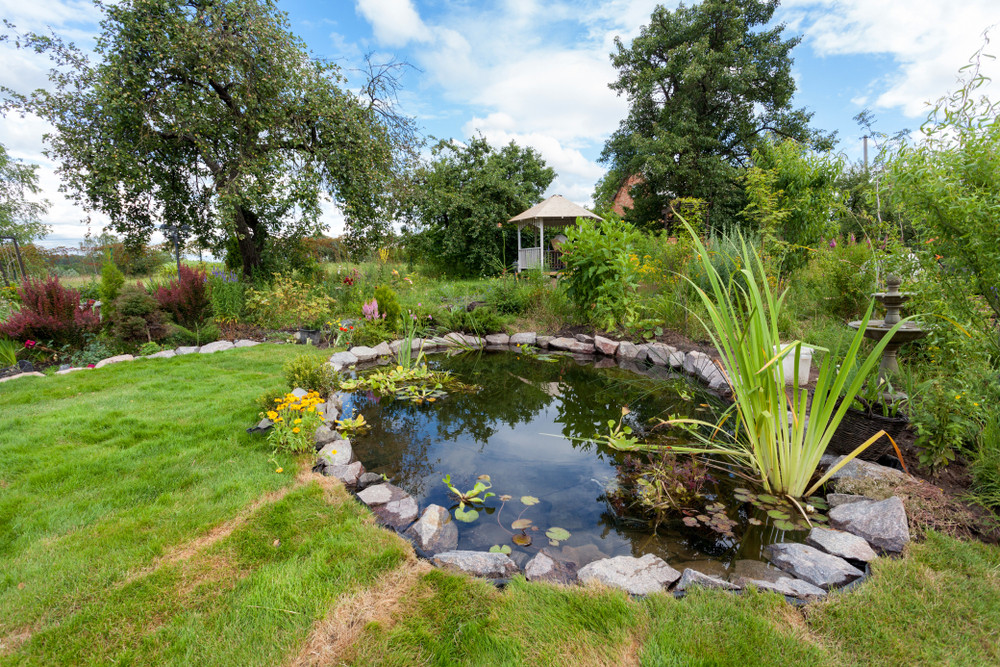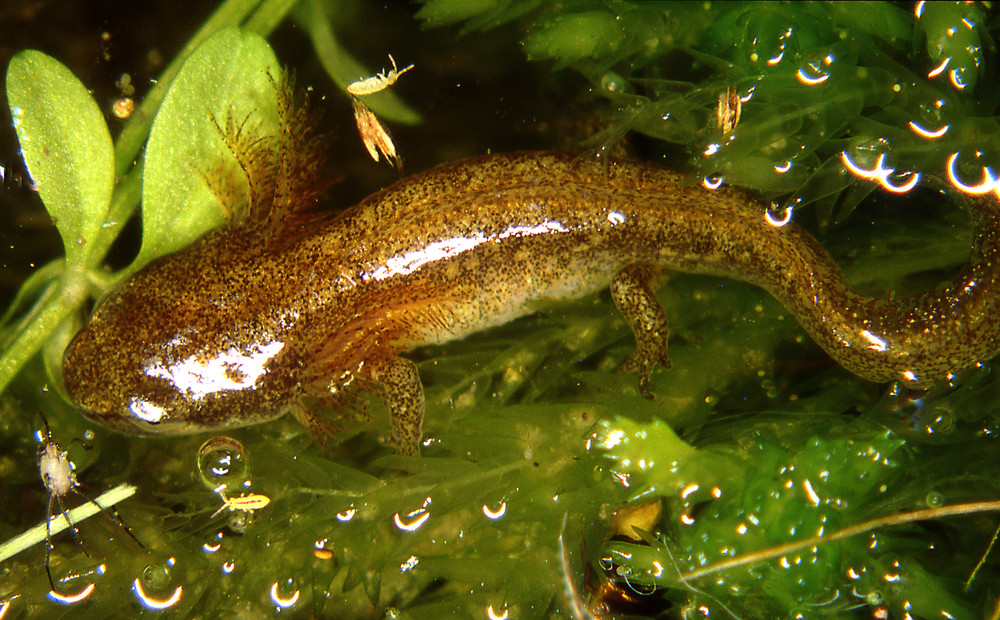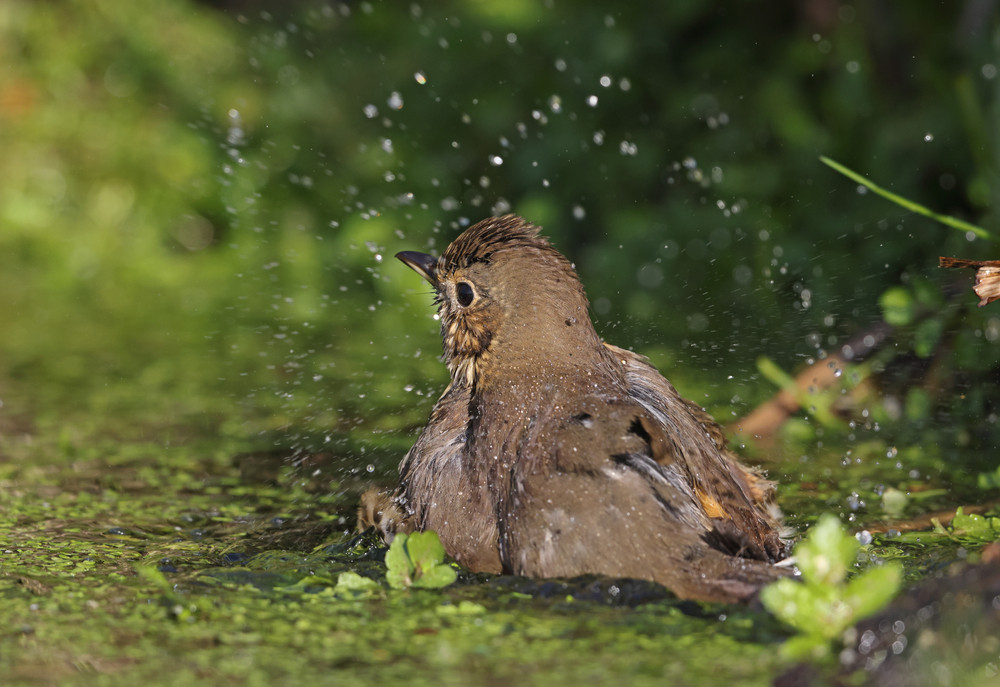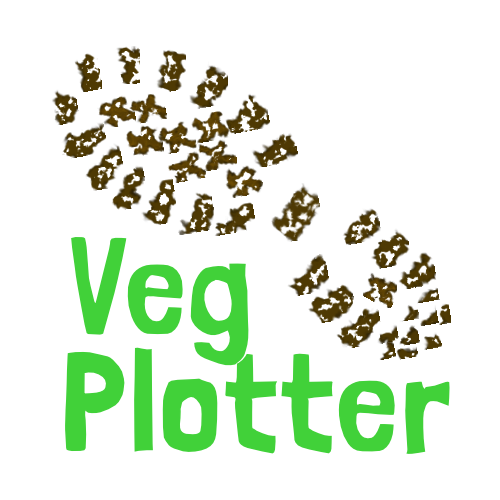Creating a Small Pond in Your Vegetable Garden

Adding a small pond to your allotment or vegetable garden is a fantastic way to attract beneficial wildlife, improve biodiversity, and even enhance crop yields. A well-placed pond can serve as a water source for pollinators and pest-controlling creatures like frogs and newts, making it a valuable addition to your garden planner.
Choosing the Right Liner
The first step in creating a pond is selecting a liner. Preformed plastic liners are budget-friendly but may only last a few years. Glass fibre is a more durable choice, with a lifespan of over ten years. Flexible liners, such as butyl rubber, EPDM, or heavy-duty PVC, offer greater versatility. Butyl rubber is the best option, with a lifespan of up to 50 years, while PVC provides a more affordable alternative, lasting around 15 years.
For an eco-friendly option, consider clay or bentonite liners. These natural materials create a watertight seal without synthetic materials, making them a sustainable choice. Another alternative is recycled rubber liners, which repurpose existing materials while still offering durability and flexibility.
Calculating the Liner Size
To determine how much liner you need, measure the maximum length and width of your pond hole. Then, add twice the maximum depth to each of these figures. This ensures enough material to line the hole while allowing for secure overlap around the edges.
Installing the Liner
Choose a warm, sunny day for installation, as the heat makes the liner more flexible. Stretch the liner over the hole, leaving at least a 15cm overlap around the edges, and weigh it down with stones. Fill the pond slowly using rainwater, smoothing out any folds as the water rises. If using a garden tap, soften the water’s impact by directing it into a bucket or covering the hose end with an old sock to prevent sediment disturbance.
Concealing the Pond Edges
To create a natural-looking pond, disguise the edges using paving slabs, stones, or plants. Overhanging slabs help protect the liner from sunlight and wear while providing a safe, non-slip surface around the pond.

Why Ponds Benefit Vegetable Gardens
A pond can significantly boost your vegetable garden’s ecosystem. Frogs, toads, and dragonflies feed on pests such as slugs and aphids, reducing the need for chemical pest control. Birds and bees will also frequent the water source, increasing pollination rates for your crops. Including a pond in your garden planner ensures a balanced and thriving growing space.
Keeping Your Pond Topped Up
Ponds lose water through evaporation, particularly in summer. If possible, position a water butt nearby and connect a hose so rainwater can flow naturally into the pond. This eco-friendly method helps maintain water levels without relying on tap water.

A small pond is a simple yet effective way to enhance your allotment or vegetable garden. By incorporating one into your garden planner, you’ll create a thriving habitat that benefits both plants and wildlife, leading to healthier crops and a more sustainable growing environment.


